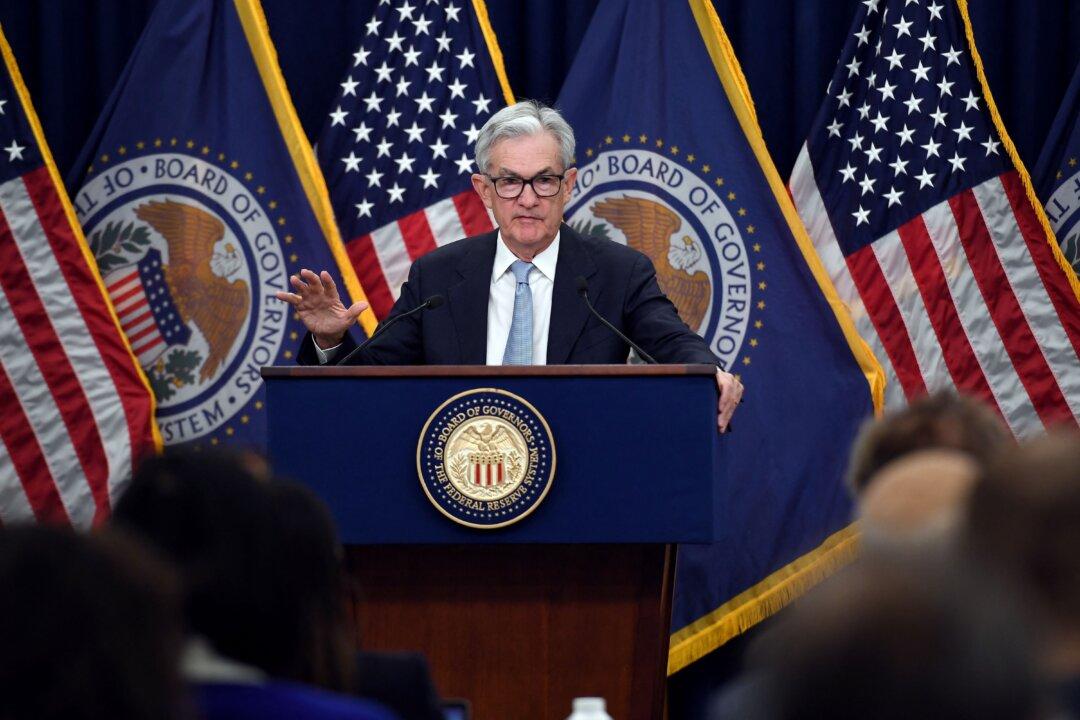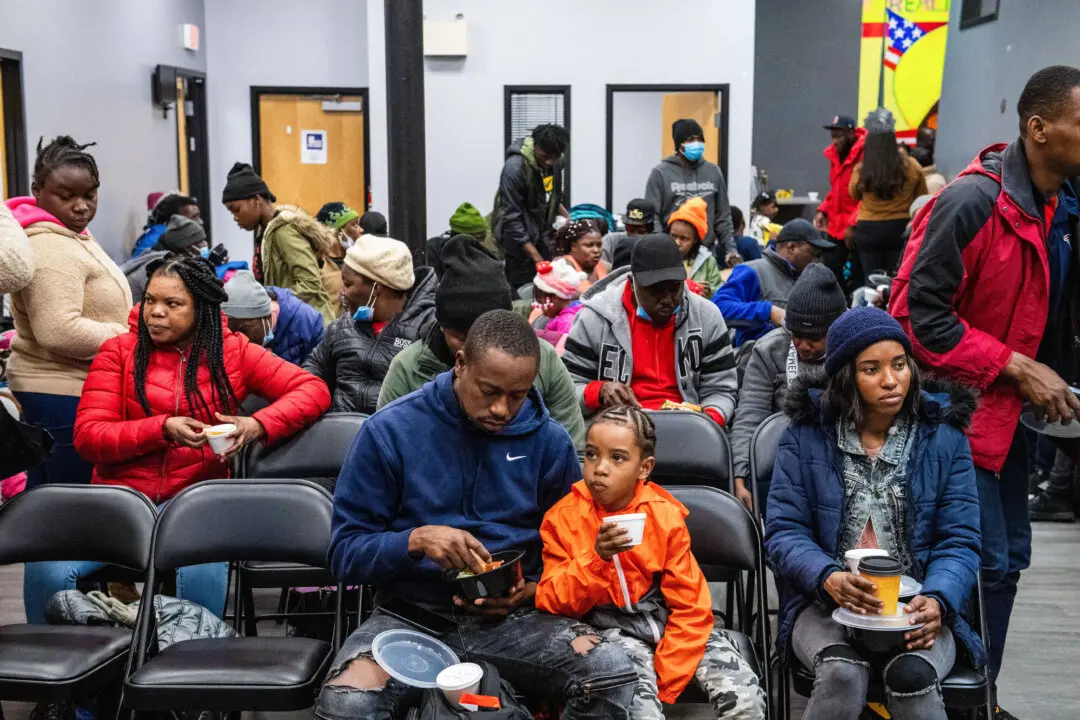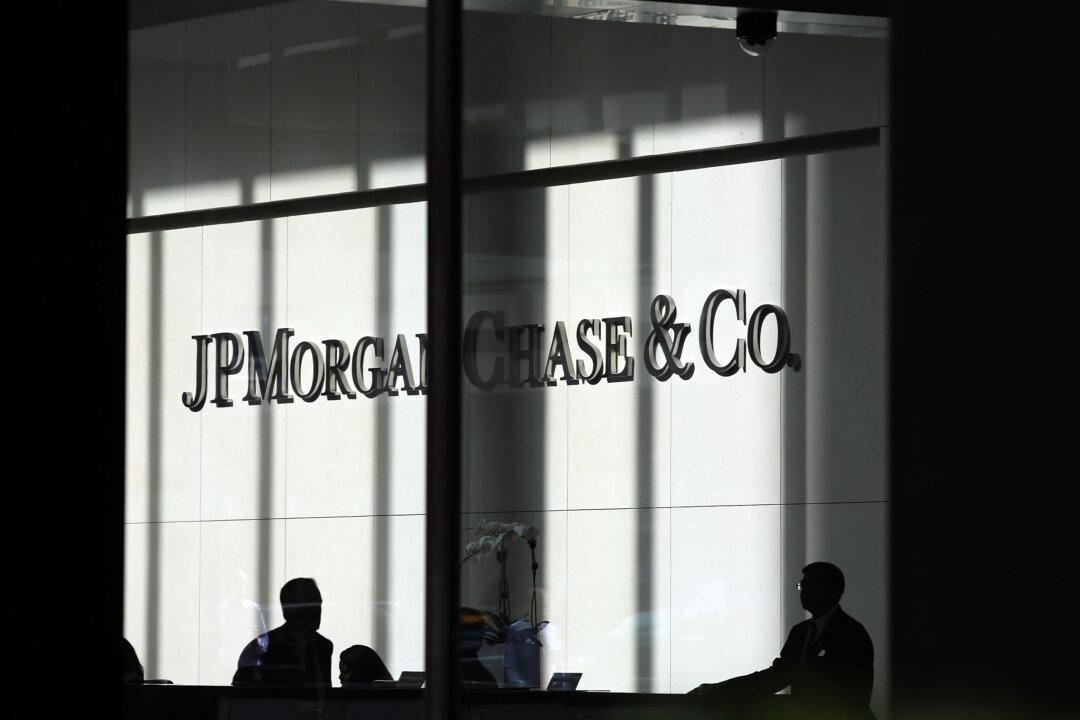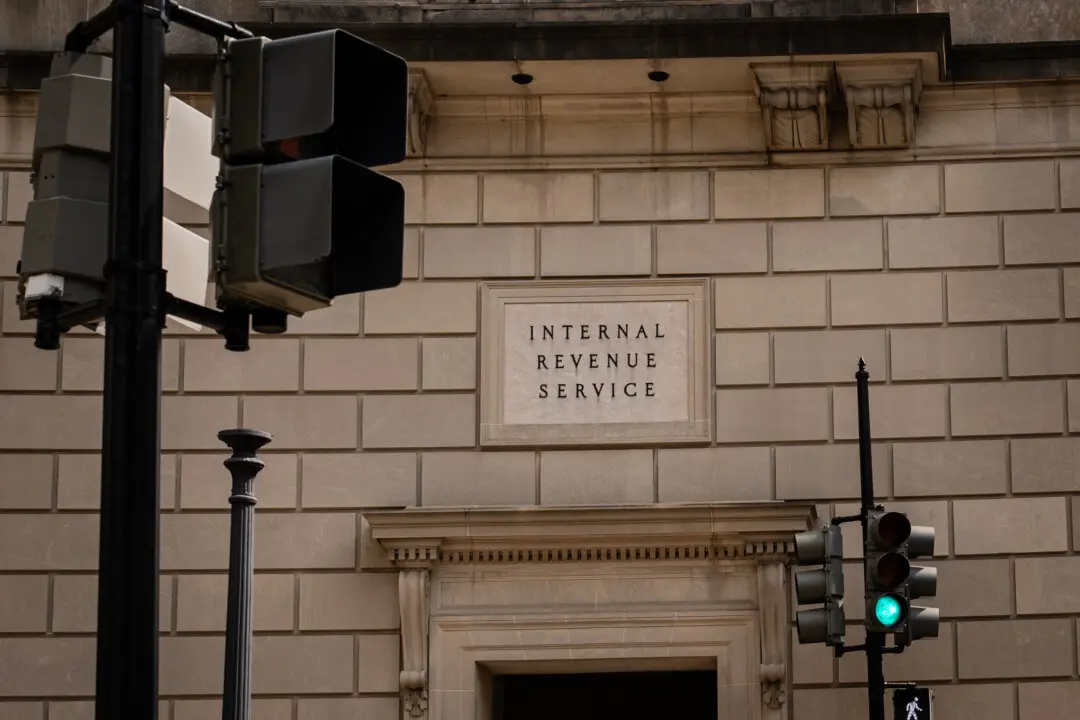As the U.S. economy continues to struggle with high inflation and weak economic growth, concerns about the country slipping into stagflation are popping up.
Stagflation is an economic cycle marked by slow gross domestic product growth, high inflation, and a high unemployment rate. Policymakers usually find it difficult to handle such a situation because any attempt to boost or control one factor worsens others. The United States endured a bout of stagflation in the 1970s but hasn’t experienced another one since.





